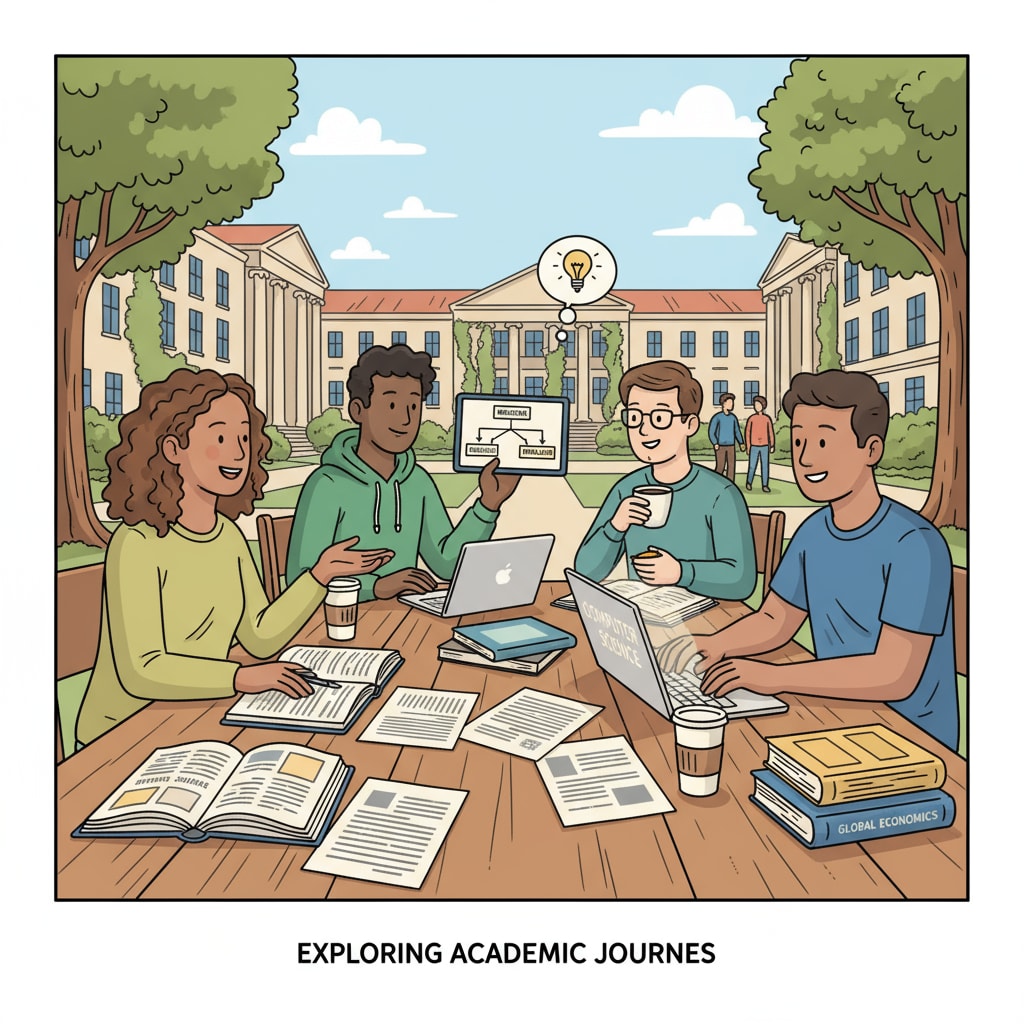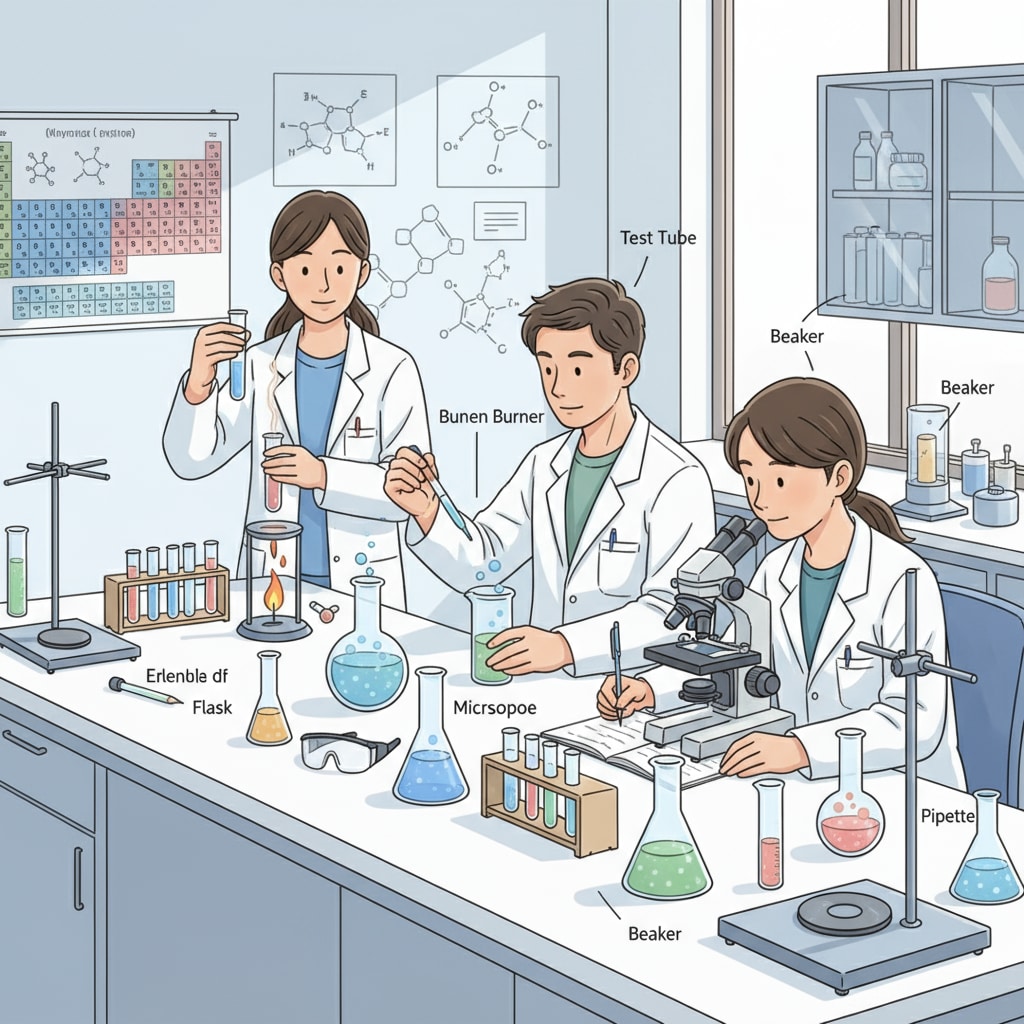Software engineering, major conversion, and second bachelor’s degrees are topics of great interest when students in software engineering aspire to enter the realm of hard sciences. The journey from software engineering to hard sciences is not without its complexities, but with the right approach, it can be a fulfilling pursuit.

The Malleability of Interests in K12 and Its Significance
During the K12 educational phase, students’ interests are highly malleable. At this stage, exposure to a wide range of subjects can significantly influence their long-term career aspirations. For example, a student might initially show an inclination towards software engineering due to the prevalence of technology in modern life. However, through diverse educational experiences such as science fairs, hands-on experiments in physics or chemistry classes, their interests could gradually shift towards hard sciences. This malleability indicates the need for proper educational guidance. According to The U.S. Department of Education, providing students with a rich and diverse curriculum at an early age can help them explore different fields and make more informed decisions about their future majors.

Challenges Faced by Software Engineering Students in the Shift
Software engineering students who aim to switch to hard sciences encounter several challenges. Firstly, the curriculum differences are substantial. Software engineering often focuses on programming languages, algorithms, and software development methodologies. In contrast, hard sciences like physics, chemistry, or biology require a strong foundation in mathematics, theoretical concepts, and laboratory skills. For instance, a software engineer transitioning to physics may struggle with advanced calculus and differential equations, which are fundamental in understanding physical phenomena. Additionally, the research culture and expectations in software engineering and hard sciences vary. In software engineering, projects often revolve around developing practical applications, while in hard sciences, research may involve long-term experiments, data collection, and theoretical analysis. As a result, students need to adapt to these new norms.
Early Diverse Educational Experiences as a Catalyst
Early exposure to diverse educational experiences can be a game-changer for software engineering students eyeing a shift to hard sciences. Participating in science camps during high school or taking elective courses in hard sciences at the undergraduate level can provide a solid foundation. For example, enrolling in an introductory course in astronomy or geology can spark an interest and give students a taste of what hard sciences entail. These experiences not only help in building the necessary knowledge base but also in developing critical thinking and problem-solving skills specific to hard sciences. Moreover, internships or research projects in hard science-related industries can offer real-world insights and enhance students’ understanding of the field.
Flexible learning paths are crucial for facilitating the transition. Universities could design programs that allow software engineering students to cross-register for relevant hard science courses. This way, they can gradually build up their knowledge in the new field without sacrificing their original software engineering studies. Additionally, offering bridge courses that specifically target the knowledge gaps between software engineering and hard sciences can be beneficial. For example, a bridge course in mathematical physics can help students bridge the gap between their existing programming skills and the mathematical requirements of physics. Another option is the second bachelor’s degree program. This provides a more structured way for students to fully immerse themselves in the hard science discipline, gaining in-depth knowledge and skills. According to The Chronicle of Higher Education, many institutions are recognizing the need for such flexible learning options to meet the diverse needs of students.
Readability guidance: As we have seen, early diverse educational experiences and flexible learning paths play vital roles in helping software engineering students make the shift to hard sciences. By addressing the challenges and capitalizing on opportunities, students can successfully pursue their dreams in the hard science domain. In conclusion, with the right educational support and personal determination, the journey from software engineering to hard sciences through major conversion and second bachelor’s degrees can be a rewarding one.


